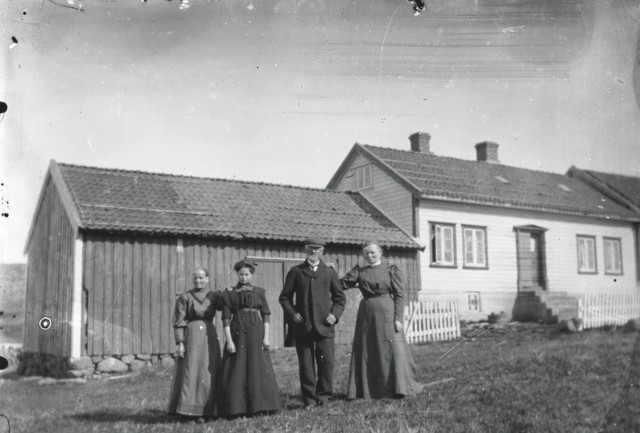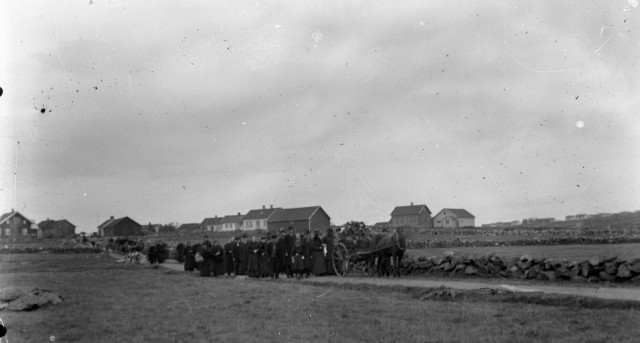Longhouse

In a longhouse, living quarters and outbuilding are merged. The longhouses are part of what make the Lista area special and the tradition of these is well preserved. This way of building has its roots back in the iron-age.
To maximise the space in a clustered farmyard, buildings were raised close to each other, and often interconnected. The fact that the wind was strong and plentiful would also be a reason to build houses in this fashion. Placing the house parallel to the common wind-direction gave less wear and tear and made it easier to keep the houses warm. The need for materials was lessened when house and barn were built together.
On this de-forested peninsula it was important to exploit any material available. In the old days it was common to see people «leube stronna» (run for the beach) when the weather was stormy. It was a gift if wreckage came in, and the timber was divided among those who needed it. In many houses and barns there is timber from wreckage in parts of the timber frame.

“No mackerel, no seagulls and no peat. May God grant us a wreck so that we have something to live off -.”
The palette of our Lord, Arne Espeland 1925